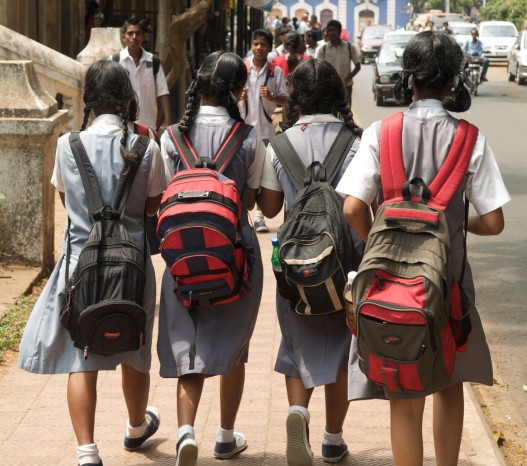School Dropout Rate at Secondary Level higher than National Average In Many States


More than a dozen states, including West Bengal, Gujarat, Bihar, and Tripura, had secondary school dropout rates that were greater than the national average of 14.6%, per government data. These states have been advised by the federal government to take further measures to lower the dropout rate.
This information was gleaned from the minutes of the Project Approval Board (PAB) sessions held under the Ministry of Education to discuss the "Samagra Shiksha" programme for 2022–2023.
Between April and July, these conferences with other states took place.
According to sources, the government views dropout as a barrier to achieving the new National Education Policy's aim of a 100% Gross Enrollment Rate (GER) at the school level by 2030.
According to the PAB, the dropout rate at the secondary level in 2020–21 was 21.4% in Bihar, 23.3% in Gujarat, 23.8% in Madhya Pradesh, 16.4% in Odisha, 16.6% in Jharkhand, 16.6% in Tripura, and 16.6% in Karnataka. The documents state that there were approximately 61,051 children with special needs (CWSNs) enrolled in Delhi schools throughout the relevant period, of which 67.5 percent either dropped out or were unable to be located.
The Delhi administration has been tasked by the PAB to swiftly finish the process of reintegrating dropout children into the system of mainstream education.
At the secondary school level, more than 15% of West Bengal's districts have dropout rates. A special action plan has been requested by the PAB from the state to lower this rate. Over 30% of secondary school dropouts were recorded in 19 districts in Assam in 2020–21.